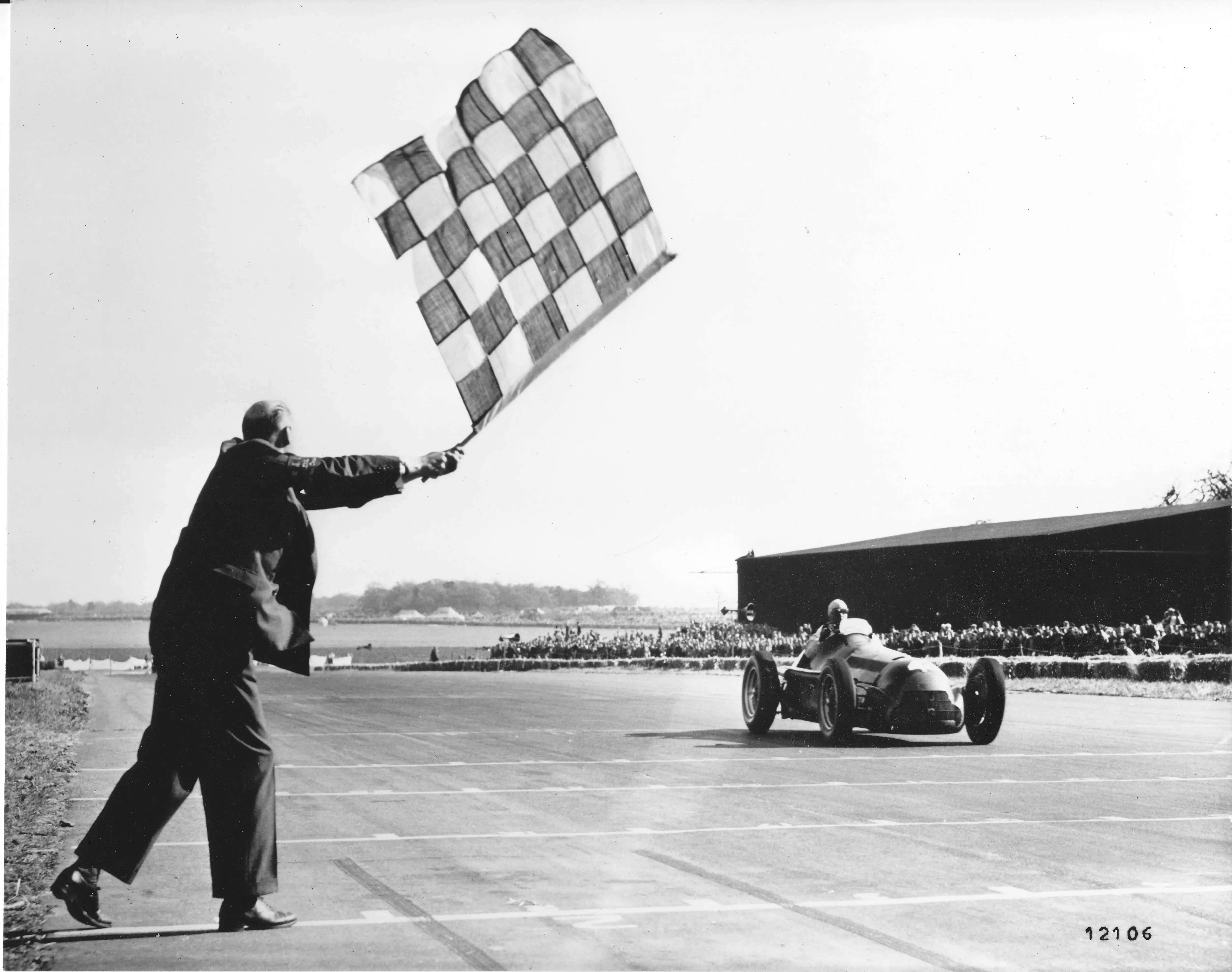Formula 1: the evolution of single seaters
17 February 2024 3 min read 8 images

Photo credit: Alfa Romeo, Ferrari, Mercedes, Wheelsage
On the eve of the start of the 74th Championship - testing of the new cars in Bahrain from 21 to 23 February and first race, also in Bahrain, on Sunday 3 March - Roarington has prepared this historical excursus considering that many collectors collect Formula 1 single-seaters. One above all, and it could not be otherwise, Bernie Ecclestone.
Register to unlock this article
Signing up is free and gives you access to hundreds of articles and additional benefits. See what’s included in your free membership. See what's included in your free membership.
Already have an account? Log In


